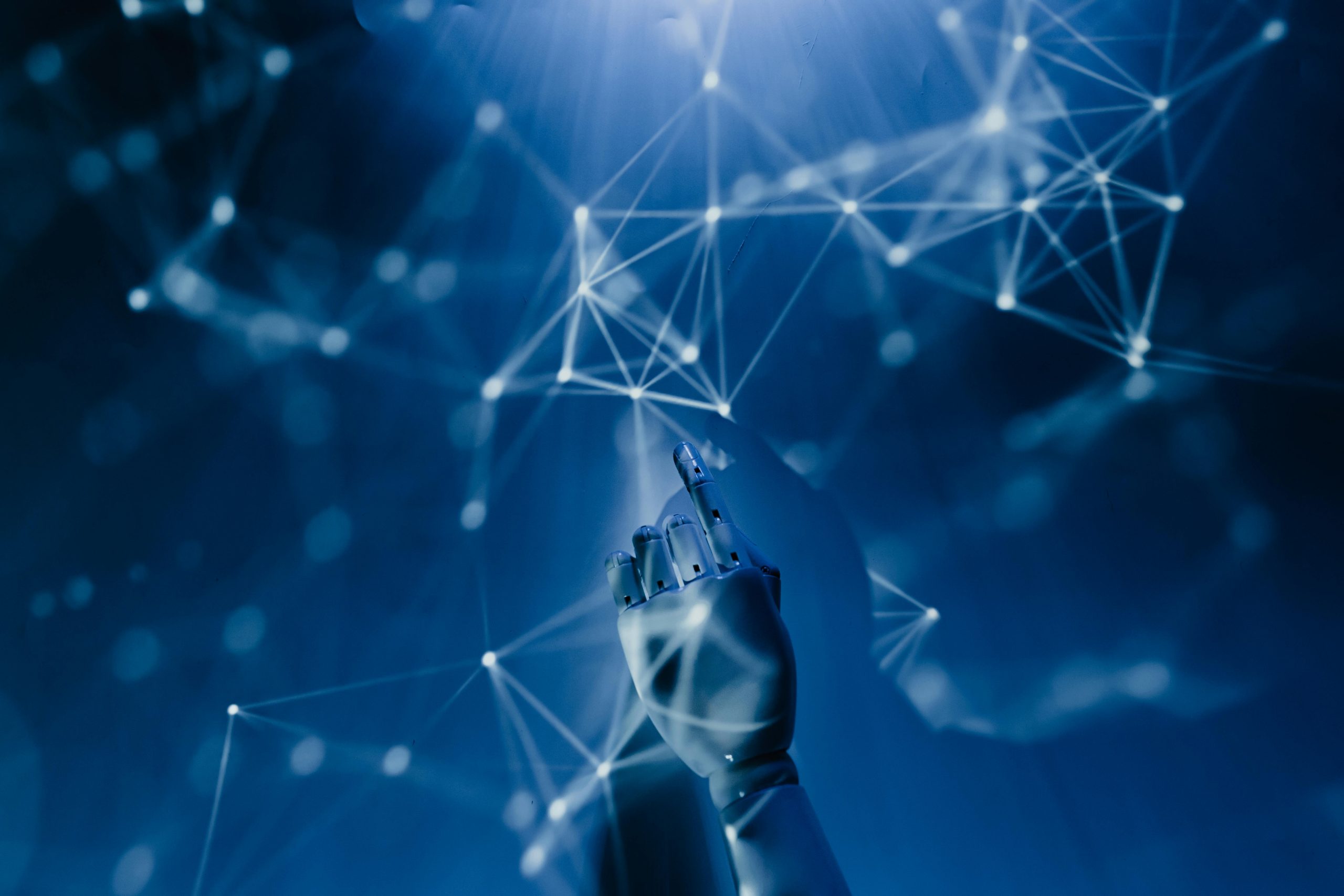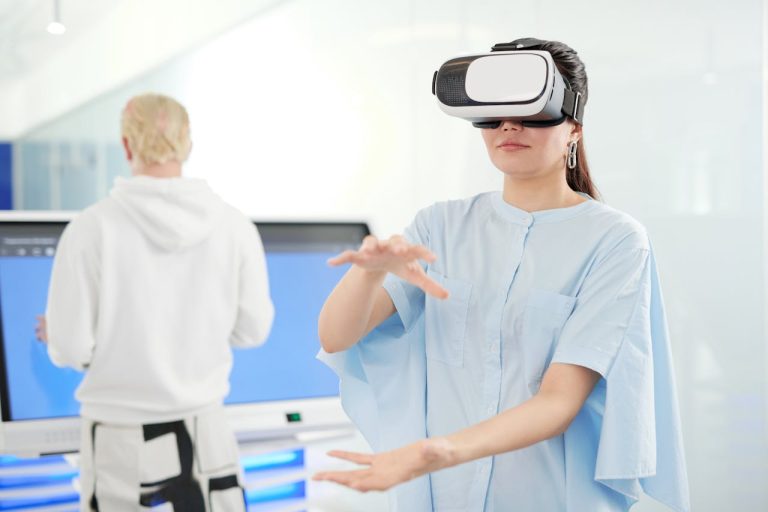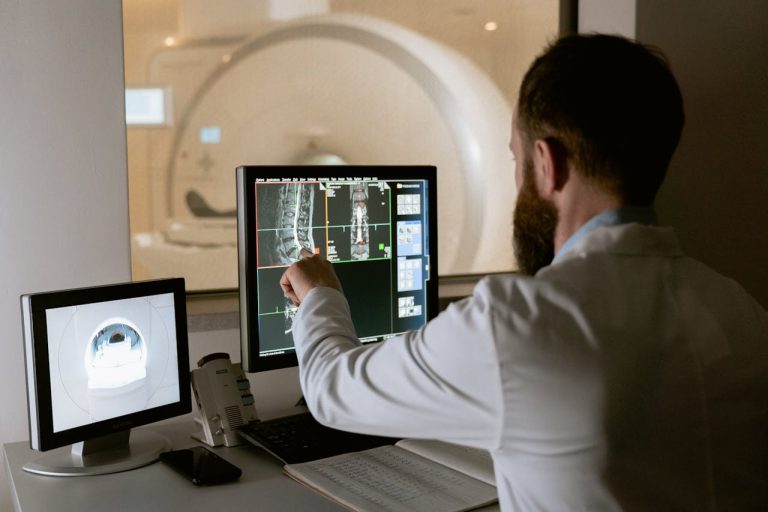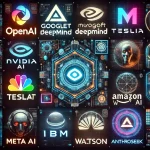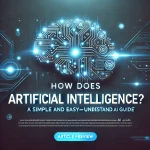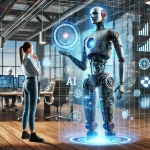Is AI Challenging Human Creativity?
In recent years, AI has made remarkable advancements in creative fields, raising an essential question: Can AI replace human creativity? From AI-generated paintings selling for hundreds of thousands of dollars to AI-composed music and AI-written articles, the impact of artificial intelligence on creativity is undeniable.
Real-World Example: In 2018, an AI-generated painting titled Edmond de Belamy was sold at Christie’s auction for $432,500, exceeding its estimated value by 40 times. This triggered widespread debate about AI’s role in the art world.
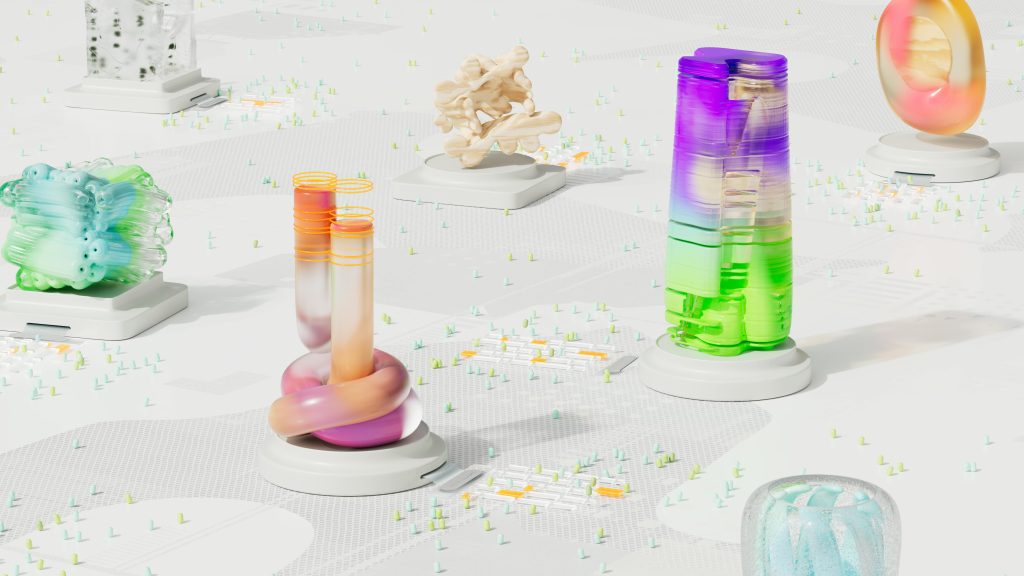
Key Questions to Explore:
- Does AI-generated content qualify as “true” creativity, or is it just an advanced form of mimicry?
- Can AI create something entirely new without human intervention?
- Which creative jobs are most at risk of AI disruption?
1. What Is Creativity? Can AI Truly Be Creative?
Before determining whether AI can replace human creativity, we need to define creativity itself.
(1) The Core Elements of Human Creativity
- Emotions and Experience – Creativity often stems from personal experiences and deep emotions, like a poem inspired by grief or an artwork driven by political anger.
- Innovation and Originality – True creativity is about generating entirely new ideas, not just remixing existing ones.
- Intuition and Inspiration – Many breakthroughs come from sudden insights rather than analytical thinking.
- Cultural and Social Context – Human creativity is influenced by cultural history and social values, which AI struggles to grasp.
(2) AI’s Capabilities in Creative Fields
AI relies on pattern recognition and data processing to create content. Examples include:
- Writing: AI models like ChatGPT and DeepSeek generate news articles, blog posts, and marketing content.
- Visual Arts: AI tools like Midjourney and Stable Diffusion create digital artwork.
- Music: AI composers such as AIVA and OpenAI Jukebox generate songs in various genres.
The critical debate: Is AI creating or simply replicating patterns based on existing data?
3. AI’s Role and Limitations in Different Creative Fields
(1) Writing (Journalism, Novels, Marketing Copy)
✅ What AI Can Do:
- Generate news reports, product descriptions, and SEO-optimized content.
- Mimic the writing style of famous authors.
❌ Limitations:
- Lacks unique personal style, making AI-generated content feel repetitive.
- Struggles with deep storytelling, complex metaphors, and emotional nuance.
- Real Case: In 2023, CNET used AI to generate financial news but had to retract several articles due to factual errors.
(2) Visual Arts (Painting, Graphic Design, Illustration)
✅ What AI Can Do:
- Generate illustrations, NFT artwork, and logos.
- Assist designers by providing concept sketches.
❌ Limitations:
- AI cannot create truly original art—its outputs are derived from existing datasets.
- Legal and Ethical Concerns: Does AI-generated art infringe on the copyrights of the original artists it was trained on?
- Real Case: Getty Images sued Stability AI for using millions of copyrighted images without permission.
(3) Music (Composing, Arranging, Sound Design)
✅ What AI Can Do:
- Compose background music for films, advertisements, and video games.
- Analyze music trends to optimize song production.
❌ Limitations:
- AI-generated melodies often lack emotional depth and originality.
- AI cannot draw inspiration from personal experiences like human musicians.
- Real Case: AI-generated pop songs sound polished but are often criticized for lacking individuality and emotional connection.
(4) Filmmaking (Scriptwriting, Editing, CGI Effects)
✅ What AI Can Do:
- AI assists in film editing and post-production, reducing manual workload.
- AI helps scriptwriters generate plot ideas and dialogues.
❌ Limitations:
- AI struggles to create deep, engaging character development.
- AI-generated scripts often lack originality, relying on existing plot structures.
- Real Case: Netflix experimented with AI-generated scripts but still required human writers to refine and add depth.
3. Will AI Replace Human Creators?
(1) AI as a Tool, Not a Creator
- AI enhances creativity but does not replace human originality.
- AI is great for efficiency, but major creative decisions still require human input.
- Real Case: Authors use AI to generate story outlines, but final writing and emotional depth come from human effort.
(2) The Future: AI + Human Collaboration
- AI Generates, Humans Improve: The creative industry may evolve into a model where AI assists with drafts while humans refine and add creativity.
- AI as an “Inspiration Assistant”: Instead of replacing creativity, AI may serve as a brainstorming partner for artists, writers, and musicians.
4. Ethical and Legal Concerns: Who Owns AI-Generated Work?
- Copyright Issues: Should AI-generated content be legally protected? In 2023, the US Copyright Office ruled that AI-generated work cannot be copyrighted.
- Plagiarism Debate: AI-generated content is based on existing works—does this constitute intellectual property theft?
- Misinformation Risk: AI-generated writing and art may spread false information or mislead audiences.
- Real Case: The U.S. Copyright Office denied an AI artist’s request to copyright an artwork made entirely by AI.
5. Conclusion: AI Will Transform, but Not Replace, Creativity
- AI is a powerful tool but not a true creator.
- AI will automate repetitive creative tasks but not replace human originality.
- The future is not AI vs. humans but AI + human creativity working together.
Encourage Engagement
💬 What’s your opinion? Do you think AI will ever truly replace human creativity? Let’s discuss in the comments!
📢 If you found this article useful, share it with your network!
